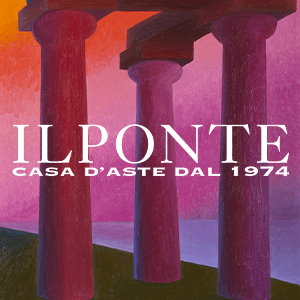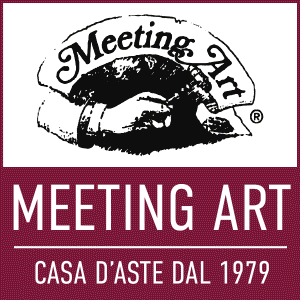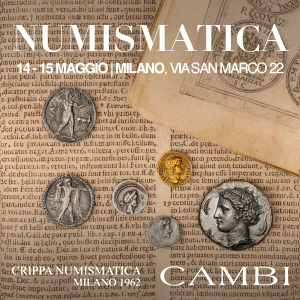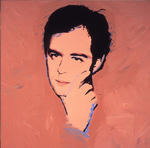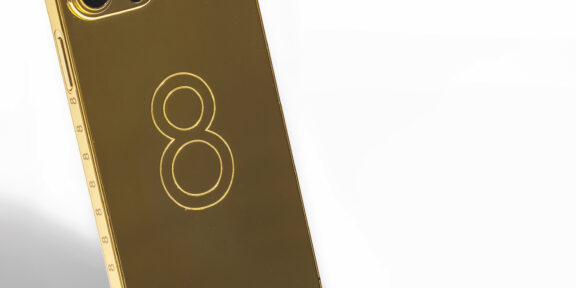Political art. It is as profound as it is threadbare. An individual naturally gains cer-tain ideologies by simply living in a country. Experiences, education, social class, some-times race, these things could determine where people fit on the political spectrum. Be-cause of this, political art is more personal. These artists not only have the courage of creation; they are bringing the viewer directly into their perspective. This form of art is influenced by governments and entities that are far more powerful than the individual. Making art that reflects or critiques these entities is not an easy task, but these 5 artists had the vision and audacity to produce these works. Under the backdrop of Communist China, let’s take a look at what these Chinese artists created…
Ai Wei Wei

Ai Wei Wei is known for his works that uses social engagement. His newest foray into his known specialty is an exhibit in Florence Italy. In this piece, he adorned the Palazzo Strozzi, one of the most beautiful palaces in Florence, with life boats. The size of the boats completely covers the palace windows. This exhibit highlights the impend-ing problems of the immigration crisis that is facing Florence. Ai Wei Wei stated his in-tentions of this exhibit on his Facebook page, “What I know, it is a ‘strong’ installation, hard to ignore, especially since exposed in a Renaissance palace. But it could represent an opportunity for the city of Florence to draw attention to the issue of the humanitarian crisis of refugees through art” This exhibit will open on September 22nd and will run until January 22nd, 2017.
Huang Rui

Chai-na/China is a series by Huang Rui that shows collapsing architecture with the characters “拆” and “那”, the English translation of those characters would be Chai and Na, respectively. These two characters translates to “demolition here”. What makes this work so prolific is that the characters phonetically sound like the name of the coun-try. It is a masterful play on words by Rui. This work is particularly political because it represents the time when China was destroying buildings to host the Olympics while a majority of people were living in poverty. This piece bashes the governments poor use of resources.
Mo Kong

Mo Kong received his Masters of Fine Arts from the Rhode Island school of design. The work of Mo Kong is deeply impacted by social events. Mo Kong art is po-litical, but he steers clear of being defined as an activist. For this piece, he uses a com-bination of Charcoal, Paper, Coal, Coal dust from Shanxi China, Golden Coal, Bees-wax, Resin. Under the debris, there is a hand purposefully placed. The color of the hand is a perfect contrast to the coal that is surrounding it.
Zeng Fanzhi

Zeng Fanzhi’s interests in German expressionism started when he was a student at the Hubai academy of fine arts. Having lived through China’s cultural revolution, his work often reflects that tumultuous time. Par example a clash of colors obfuscates the lower half of Chairman Mao’s face. The bright contrast between the sky and the ground brings fourth the idea that things are at flux; there is an inherent battle between the translucent color of the face and the bright crimson color of the structure.
Wang Guangyi

A painting from his renowned “great criticisms” series, Wang Guangyi coopts Chinese propaganda and turns them into political messages. This painting uses the multi-billion-dollar corporation Chanel as a means to show the westernization of China. Wang Guangyi purposefully uses his country’s national colors in juxtaposition to the Chanel sign, showing a clash of ideologies between two different parts of the world.
Article written by Reginald Amedee




